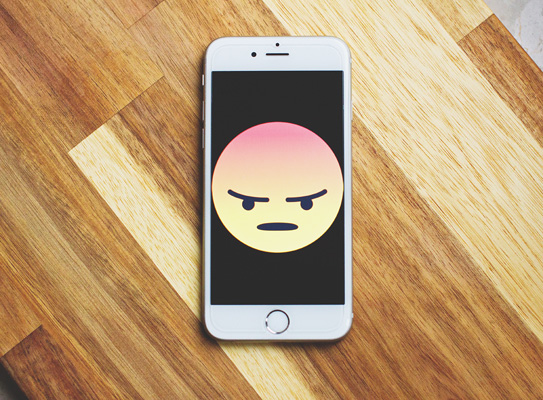Smoke testing is one of the most common terms in a QA vocabulary. It involves doing light (and often ad-hoc) tests of major features, typically right before or after a release. While smoke testing is one of the quickest and most basic forms of QA testing, it’s also one of the most important when time is tight.
To understand the purpose, it can be helpful to think of the phrase, “when there’s smoke, there’s fire.” A big part of smoke testing is keeping an eye out for red flags, which could indicate other instabilities in the software.
 Smoke Testing Examples
Smoke Testing Examples
Ideally, a mobile app or website will have also gone through more rigorous testing in other QA phases. But smoke testing is used as a back-up, to be extra cautious, or when there’s not enough time for the ideal level of QA testing.
For example, say that you’re about to launch a new version of an app. It already passed QA, but you want some quick last-minute testing done before you publish to the App Store, just to be safe. If you ask QA to smoke test the login feature, they might check that logging in with valid credentials works. They would also likely verify that attempting to log in with an incorrect password brings up an error message.
However, with smoke testing, QA would not be nearly as thorough as other types of testing. Regression testing, on the other hand, would likely incorporate testing case sensitivity, switching between different users, etc. (Learn more about how to do regression testing.) Continue reading →



 What is Manual Testing?
What is Manual Testing?
 User experience. You’ve probably heard the term many times, but it’s often used in different ways. Whether you’ve worked in tech for 20 years or just downloaded your first mobile app, user experience (or “UX”) can have a big impact on your day-to-day life. Let’s talk about what exactly “user experience” is, with some real world examples.
User experience. You’ve probably heard the term many times, but it’s often used in different ways. Whether you’ve worked in tech for 20 years or just downloaded your first mobile app, user experience (or “UX”) can have a big impact on your day-to-day life. Let’s talk about what exactly “user experience” is, with some real world examples.
 Document Everything
Document Everything


 Some companies use 100% manual testing to great success. Others have attempted to do 100% automation, and had to re-think their strategy — so the reality isn’t always as black and white as it may appear.
Some companies use 100% manual testing to great success. Others have attempted to do 100% automation, and had to re-think their strategy — so the reality isn’t always as black and white as it may appear.





 First, we should be clear: when we refer to Quality Assurance testing, we’re talking about various
First, we should be clear: when we refer to Quality Assurance testing, we’re talking about various